Menu
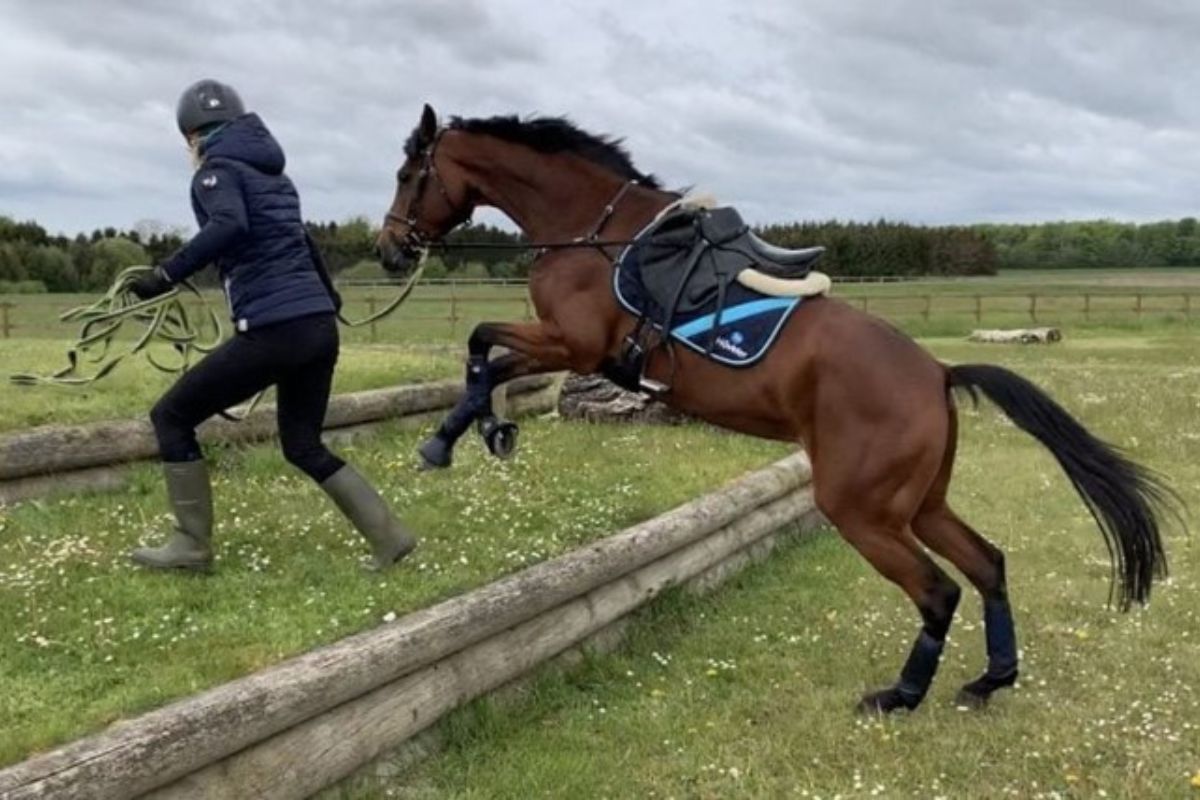
Event rider Cecilie Eriksen is an experienced rider, when it comes to knowing how ride in the terrain. When a horse that is only used to jumping in the arena is suddenly faced with having to jump in the terrain, it might not know quite what to do. The obstacles look different, the landscape is completely open, and everything is new. Event rider Cecilie Eriksen tells you how she introduces her horse to a life as a terrain jumper.
You may also like to read: Teach your horse to turn on a dime on the jumping course
Danish National Team rider Cecilie Eriksen loves everything about eventing. Usually, you will see her whizzing through the water and over the big obstacles on her horse Calvin. But she also has another four-legged friend, a young horse named Bambi. A horse who has only just begun the long journey towards becoming an equally brave and well-balanced terrain horse as her ‘big brother’.
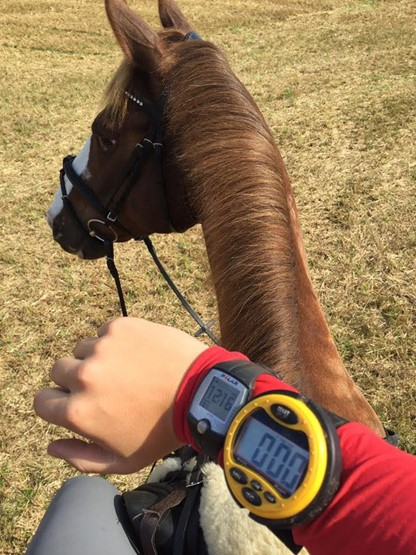
"I LOVE EVENTing AND ALL THAT IT ENTAILS: EDUCATING AND TEACHING YOUNG HORSES IN THE THREE DISCIPLINES THAT FILL THEM WITH EQUESTRIANISM, COURAGE, CONFIDENCE AND MOST IMPORTANTLY JOY"
“I am probably a bit of a nerd. At least there are an incredible number of thoughts and hours behind each and every one of my rides. I focus a lot on the smallest details and use a lot of video to reflect on my riding, so I can improve every single day.”
This means that she also spends a lot of time teaching her young horses the different eventing disciplines, show jumping, dressage and terrain jumping. In this article, we will primarily focus on the terrain part. But Cecilie Eriksen will also explain how important the other two parts are in the training of a good event horse.
When you have a horse that is young or for some other reason is new to having to jump in the terrain, it is important to build up some routine. You should preferably be in the terrain about once a week, Cecilie says. This will quickly make the horse become comfortable with the many new impressions and types of obstacles.
The first few times you take your horse into the terrain, it makes good sense to first train the horse in the lunge before you mount it, Cecilie explains. That way you won´t push it too much.
“I always start out with a few small logs, up and down banquets, through the water and over a few holes in the ground. By doing this you avoid giving the horse a bad experience with a certain type of jump. Because you may tend to pull the reins a bit over the jump. This can very easily happen, because they often jump a little funny the first few times.”
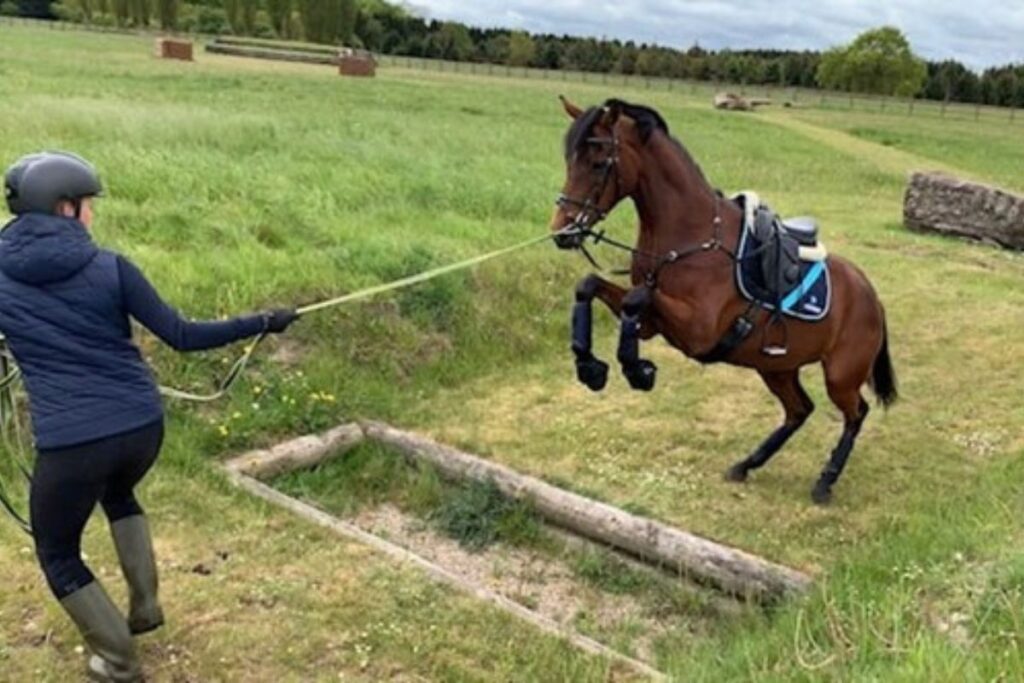
“The uncertainty comes partly because the horse does not understand the task. So by lunging you do not create the same pressure as you would by sitting on it.”
“Instead, you can stand just completely still next to it - praise and guide it to an understanding of the types of obstacles. Most of the time, they just have to go over a couple of times. After which you can get up and the horse now already understands the task,” Cecilie explains.
An important factor for Cecilie is having an experienced horse with her. This can help the inexperienced or young horse the first few times. Also, if you as a rider are new to the game, it can really help. That way, everything will happen as naturally and as relaxed as possible for both horse and rider.
When we ask Cecilie how she would describe her training percentage wise working with an event horse, she replies that it all depends on the level. Below you can read her suggestions on how an inexperienced and experienced event team should distribute their training.
Dressage 30% | Jumping 30% | Terrain 40%
“The inexperienced team will most often need a lot of terrain jumping. This way horse and rider get used to riding outdoors. Meeting new types of obstacles in the form of logs, holes, water, banquets and riding from light to darkness, forest and field. There are many new impressions, and it usually requires a little getting used to, especially for the horses.”
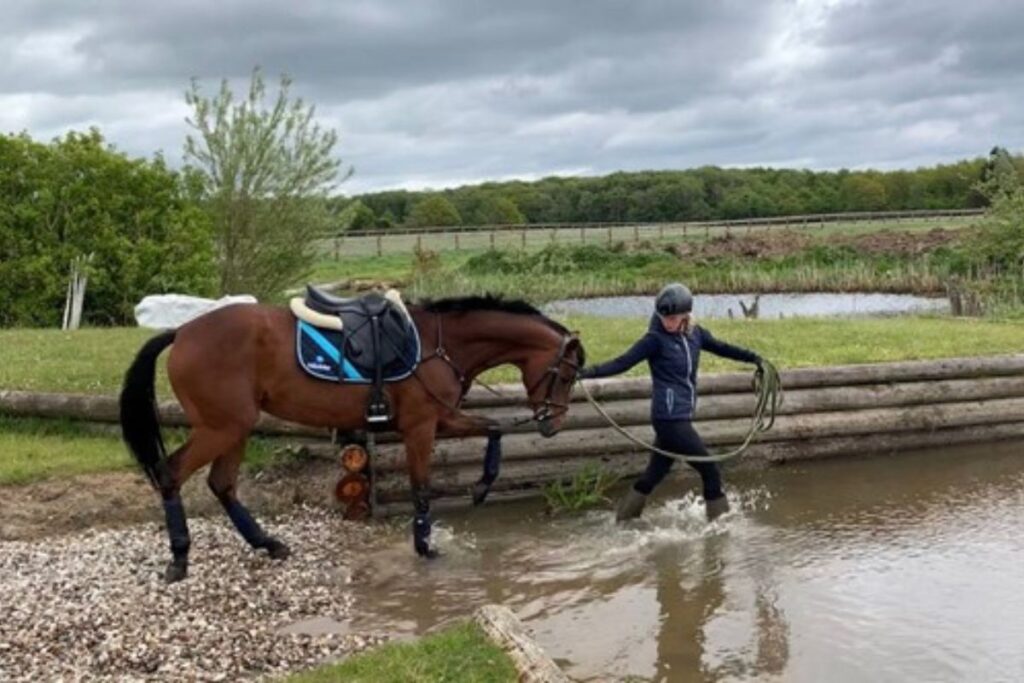
“It would make a lot of sense to jump in the terrain once a week for a period of time. That way the horse gets some continuity in seeing the obstacles. Here, as a rider, you just have to be ‘mature enough’ not to ride around the obstacles for several hours. As soon as the horse seems relaxed about the task, then you should call it quits for today and maybe come back next weekend instead,” Cecilie explains.
However, you should certainly not forget the dressage and jumping training, according to Cecilie. They are both the foundation for a safe and sensible terrain jumping. She believes that if you cannot control your horse in these two disciplines, then you should not do eventing at all.
[su_box title="TRAINING DISTRIBUTION" box_color="#A4B5AC"]Dressage 35% | Condition 35% | Spring 20% | Terrain 10%[/su_box]
“When I look at Calvin and the distribution of work, all of a sudden it looks very different. As an experienced team, you barely train in the terrain, as the horse knows what to do. It even searches for the flags in the terrain, and you NEVER train on 4-5* obstacles for training. Jumps of that type / size are only ridden when the adrenaline is pumping, and we as a team know that this is it. However, you can take a trip to the terrain course approx. 14 days before the start of the competition. Just to check up on any known challenges.”
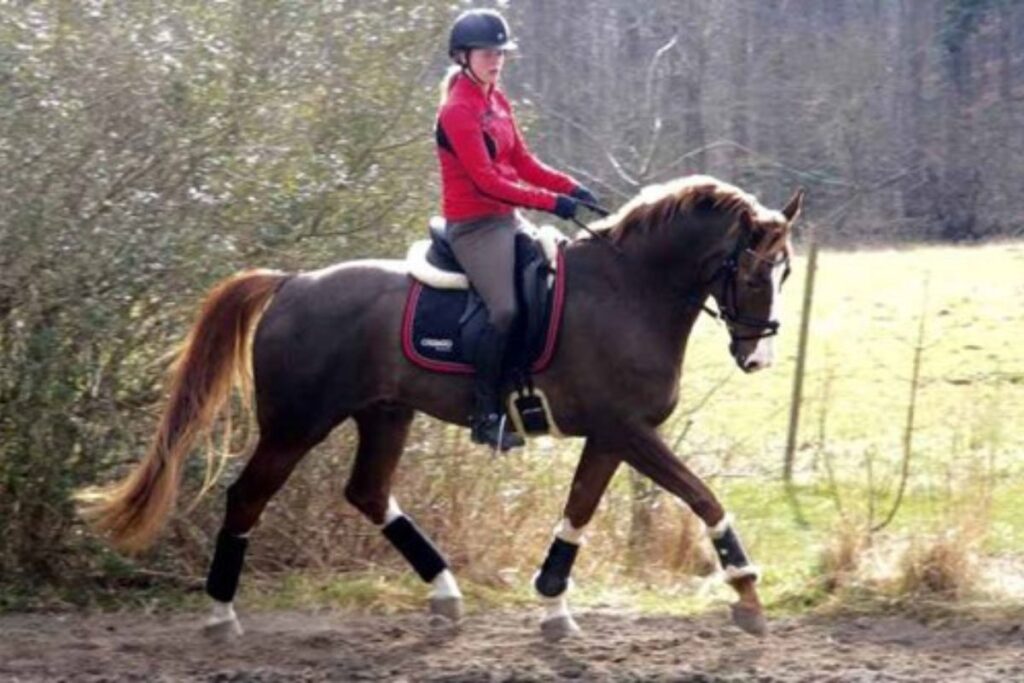
“I often go out and jump a small water jump. I know that in a competition situation Calvin can be a little hesitant with water the first time, he goes in. So, it is nice that there is not about 6 weeks (approx. time between competitions) between each time he sees water.”
But what does the training look like on a daily basis?
“On a daily basis, the focus is more on keeping the horse agile, strong, well-trained and in good condition. My top horse Calvin is a KWPN with a bit of Anglo Arabs in him. During the season Calvin will be interval trained approx. every 4-5 days. Always followed by a day with only walk. So, the remaining 3-4 days a week are mostly spent on dressage and loosening work with a bit of jumping/gymnastics maybe every 14 days.”
Cecilie concludes that it is always valuable to have a coach by your side who can help you get better. This applies regardless of your level.
“My advice is to find and connect with some skilled teachers. both in dressage, jumping and terrain, because you can always get better”
“And if you have ridden with the same teacher for 3-5 years, then you should occasionally take a bird's eye view and ask yourself whether you are developing enough or not.”
So, it is not only the inexperienced eventer that can get better, but certainly also the experienced.
Cecilie teach riders how to train in the terrain, and also conducts team-jumping lessons once a week. You are more than welcome to contact her on Facebook or Instagram, to learn more.